Escalator 30 degrees
Technical Specifications
AKO escalator with a 30 degree angle can be installed up to a height of 9000 mm. This type of escalator can be used in indoor escalators, semi-outdoor escalators, and outdoor escalators without any restrictions on the installation location. The specifications and technical layout of the 30 degree escalator are as follows.
Escalator 30 degrees
Escalator Height (HE)
Escalator Height is the difference between two building floor levels which is calculated from the finished surface level of the lower floor to the finished surface level of the upper floor.
Escalator 30 degrees
Escalator Angle (A)
Escalator Angle can be either 30 or 35 degrees. Obviously, the 35-degree escalators need less horizontal length compared to the 30-degree. Please note that according to standards, for heights of more than 6 meters, only the 30-degree angle can be selected.
Escalator 30 degrees
Ceiling Opening (CO)
In order to install an escalator, an opening must be considered on the upper floor with suitable width and length. The opening width is equal to the total escalator(s) width and the opening length must be designed in a way that the vertical height between steps tread surface under the available ceiling is never less than 2.30 meters. This vertical height must be considered to provide safe headroom for passengers.
NOTE: To calculate the ceiling opening length, the upper floor thickness is required.
Escalator 30 degrees
Wellway Opening (WO)
In order to install an escalator, a pit with suitable width and length must be considered on the lower floor. The wellway width is equal to the total escalator(s) width and the length must be designed in a way that the lower section of the truss can be located beneath the surface of the lower floor. As a result, the escalator floor plate will be at the same level as the lower floor finished surface.
Escalator 30 degrees
Technical layout 30°

Escalator 30 degrees
Escalator Width (W)
The standard escalator step widths are divided into three categories: 600 millimeters, 800 millimeters , and 1000 millimeters. The total device width (W1) corresponding to each of the step widths is 1150 millimeters , 1350 millimeters , and 1550 millimeters respectively and the total construction pit width (W1+100) corresponding to each of the step widths is 1250 millimeters , 1450 millimeters, and 1650 millimeters respectively.
Escalator 30 degrees
Horizontal Length (TG)
The horizontal length is determined based on the elevation height after choos¬ing the appropriate angle in accordance with the formula for each angle. The hor¬izontal length is equal to the distance between two construction beams located on the lower and upper floors.
Escalator 30 degrees
Number of Horizontal Steps
For the safety of passengers, there must be a number of horizontal steps at the entrance and exit of each escalator. This allows users to stabilize and maintain their balance upon entering and exiting the escalator by placing their feet on a suitable horizontal surface. The minimum required horizontal steps in the en¬trance and exit of each escalator must be 2 and a maximum of 4.

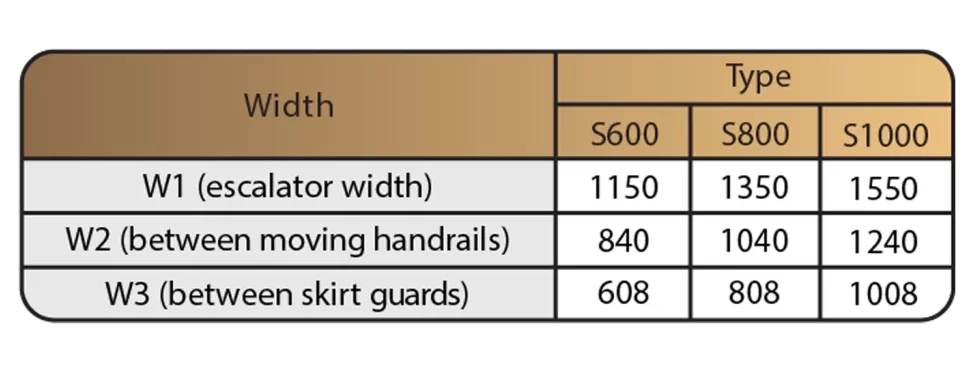
Escalator 30 degrees
Support Beam
For escalators with elevation heights of more than 6 meters, a middle support should be considered to prevent buckling in the middle section of the escalator
Escalator 30 degrees
Nominal Speed of Escalator
According to EN 115-1:2017, the nominal speed must not exceed 0.75 m/s for an escalator with a 30-degree angle of inclination. On the other hand, for an esca¬lator with a 35-degree angle of inclination, the nominal speed must not exceed 0.5 m/s. The most common nominal speed for commercial escalators with both 30 and 35 angles of inclination, is 0.5 m/s, and in infrastructure with a 30-degree angle of inclination, the nominal speed can deviate to 0.65 m/s.
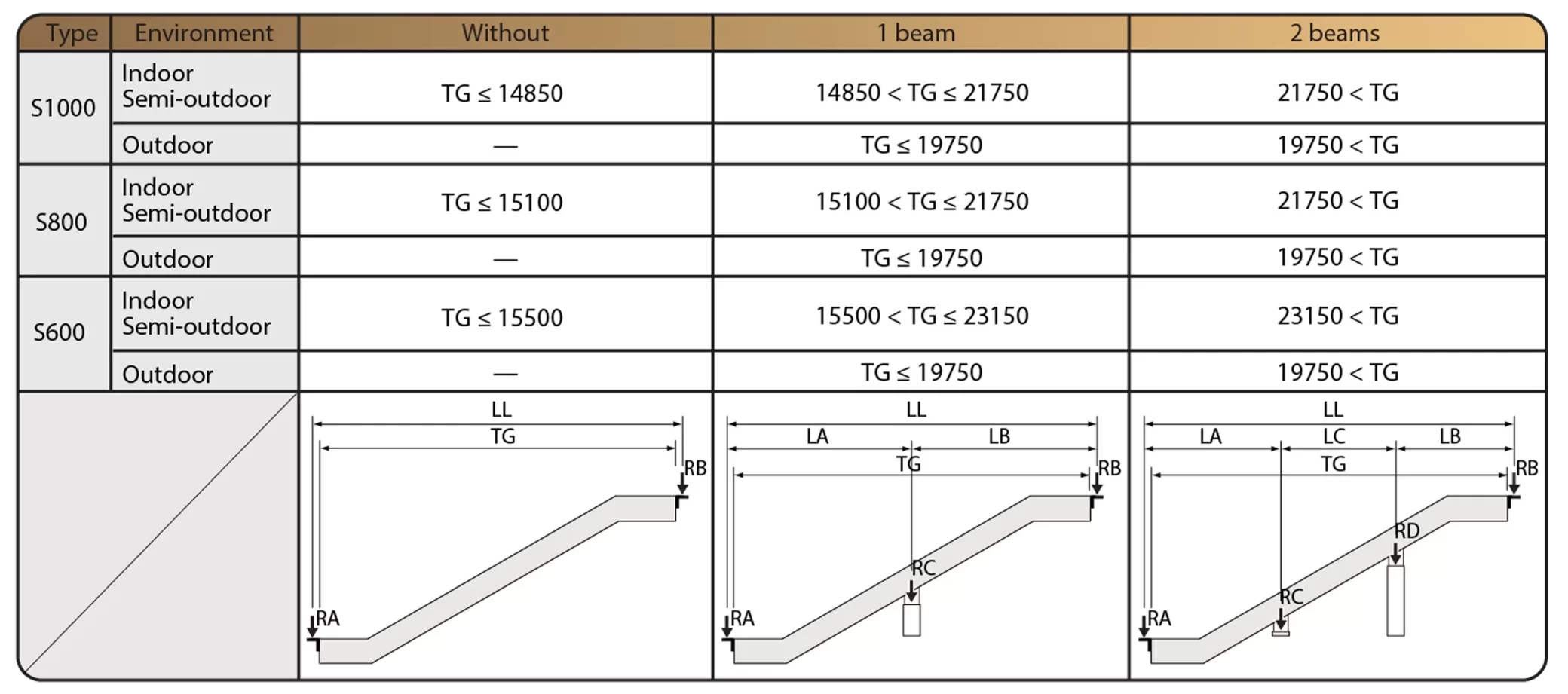
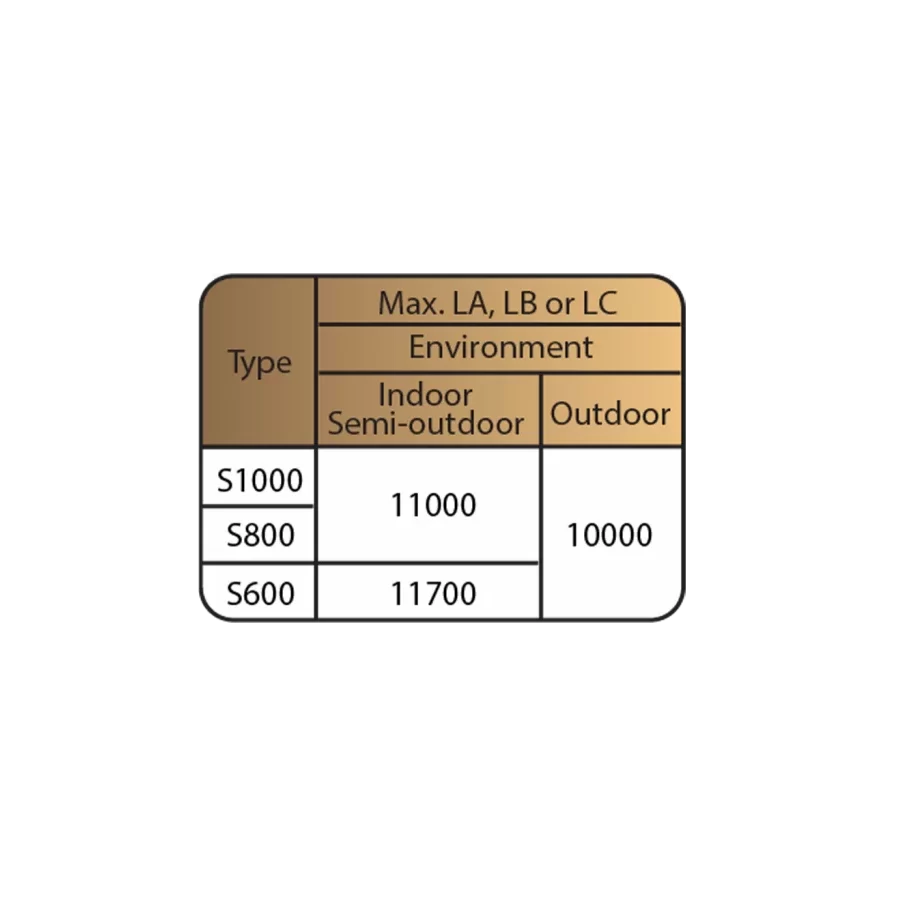
Escalator 30 degrees
Exerted Loads on Building Structure
The loads which escalators exert on building structure include escalator self-weight, live load, and dynamic load. A margin of safety is then calculated and added to the total load. The final result is exerted in up to 3 locations. The two main loads (RA – RB) are exerted on the construction beams designed in upper and lower floors. For escalators with elevation heights of more than 6 meters, a middle support should be considered to prevent buckling in the middle section. The third load (RC) is exerted on the middle support.
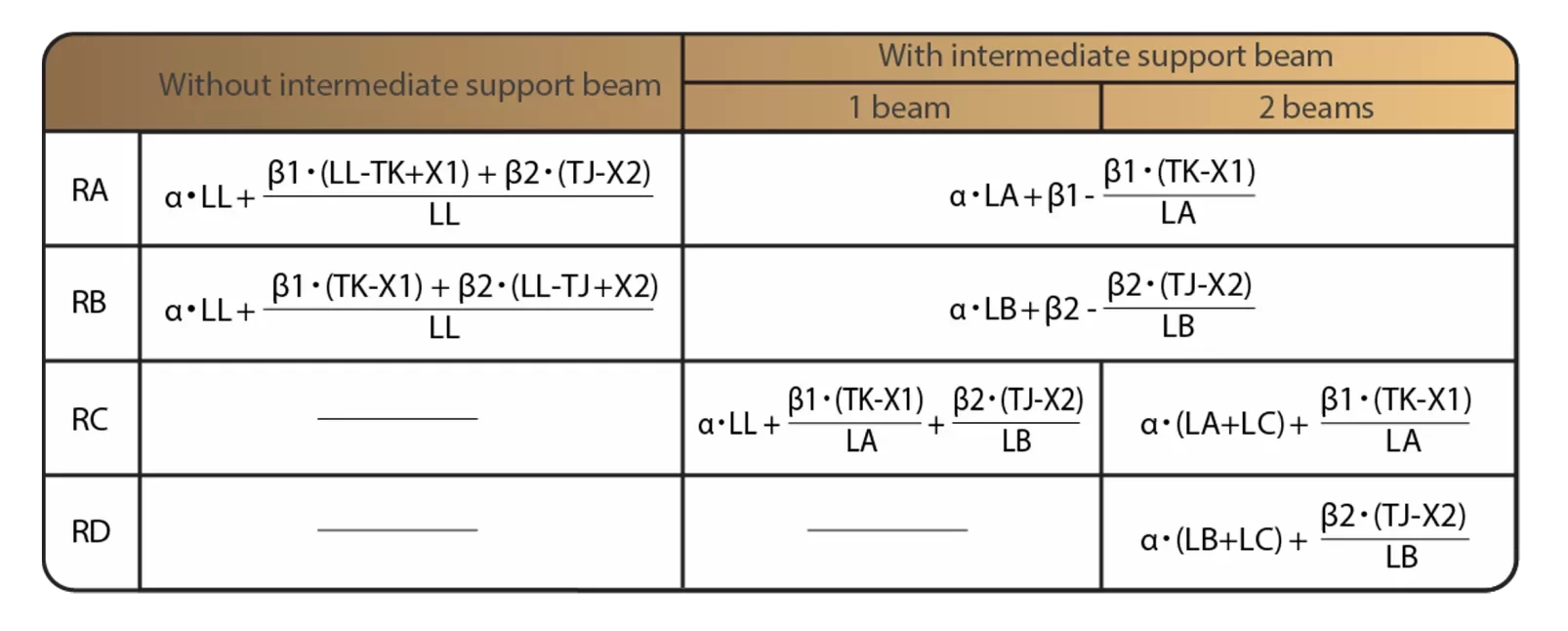
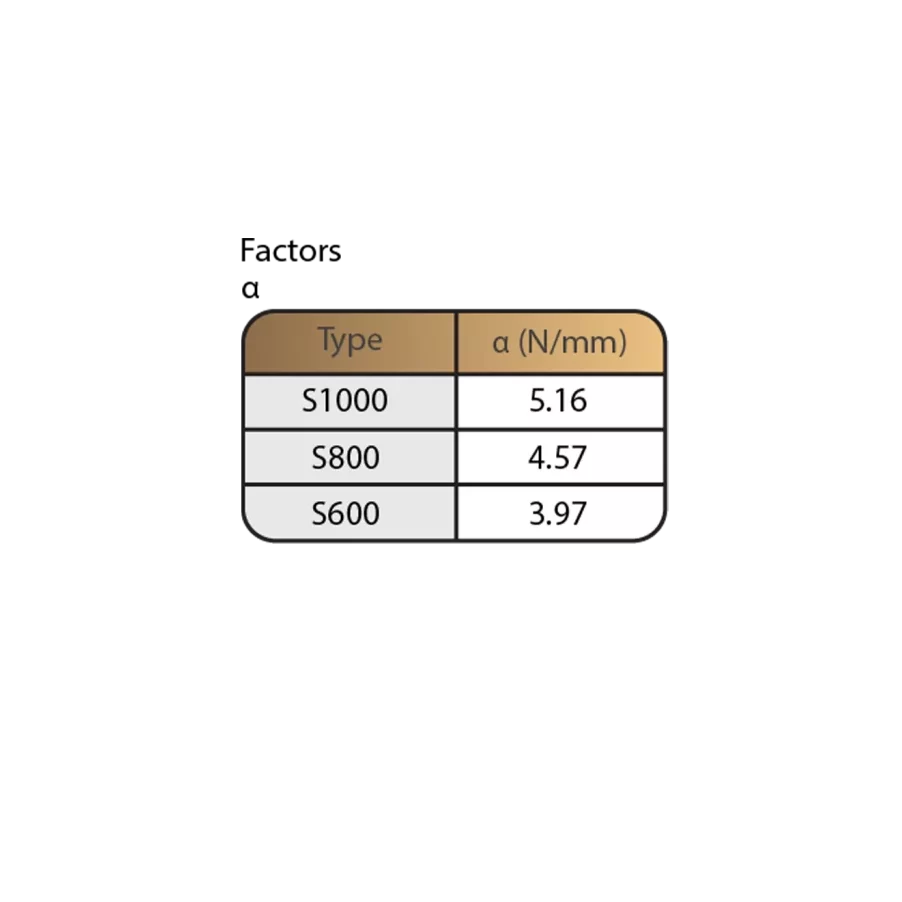

Types of AKO escalators
Based on the angle
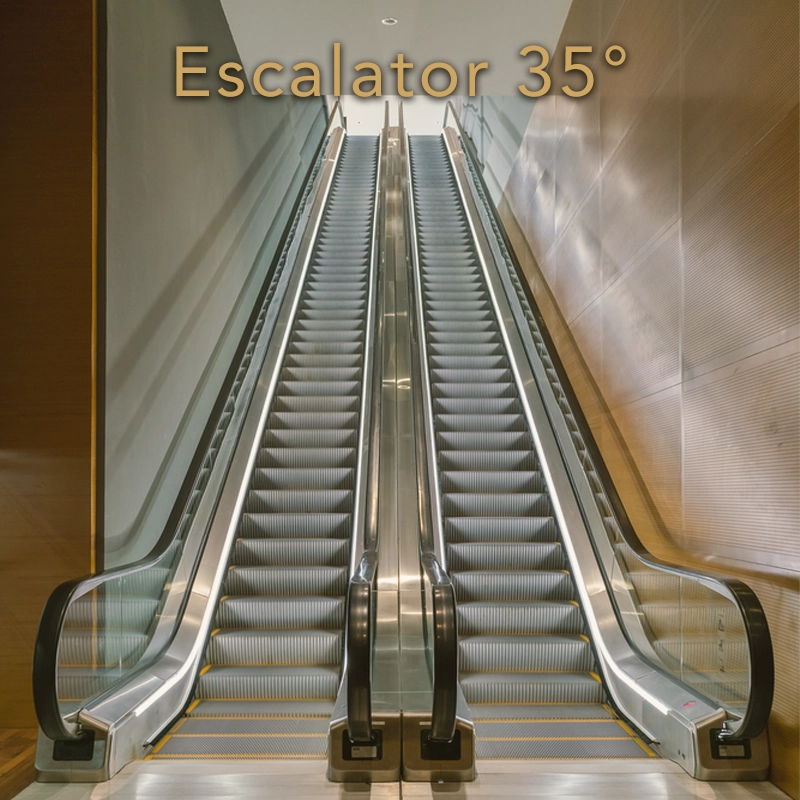
| 9000mm | Maximum rise |
| 30° | Inclination |
| 0.5 | Rated speed (m/s) |
| VVVF inverter | Control system |
| 4500 , 6750 , 9000 | Capacity (pers/hr) |
